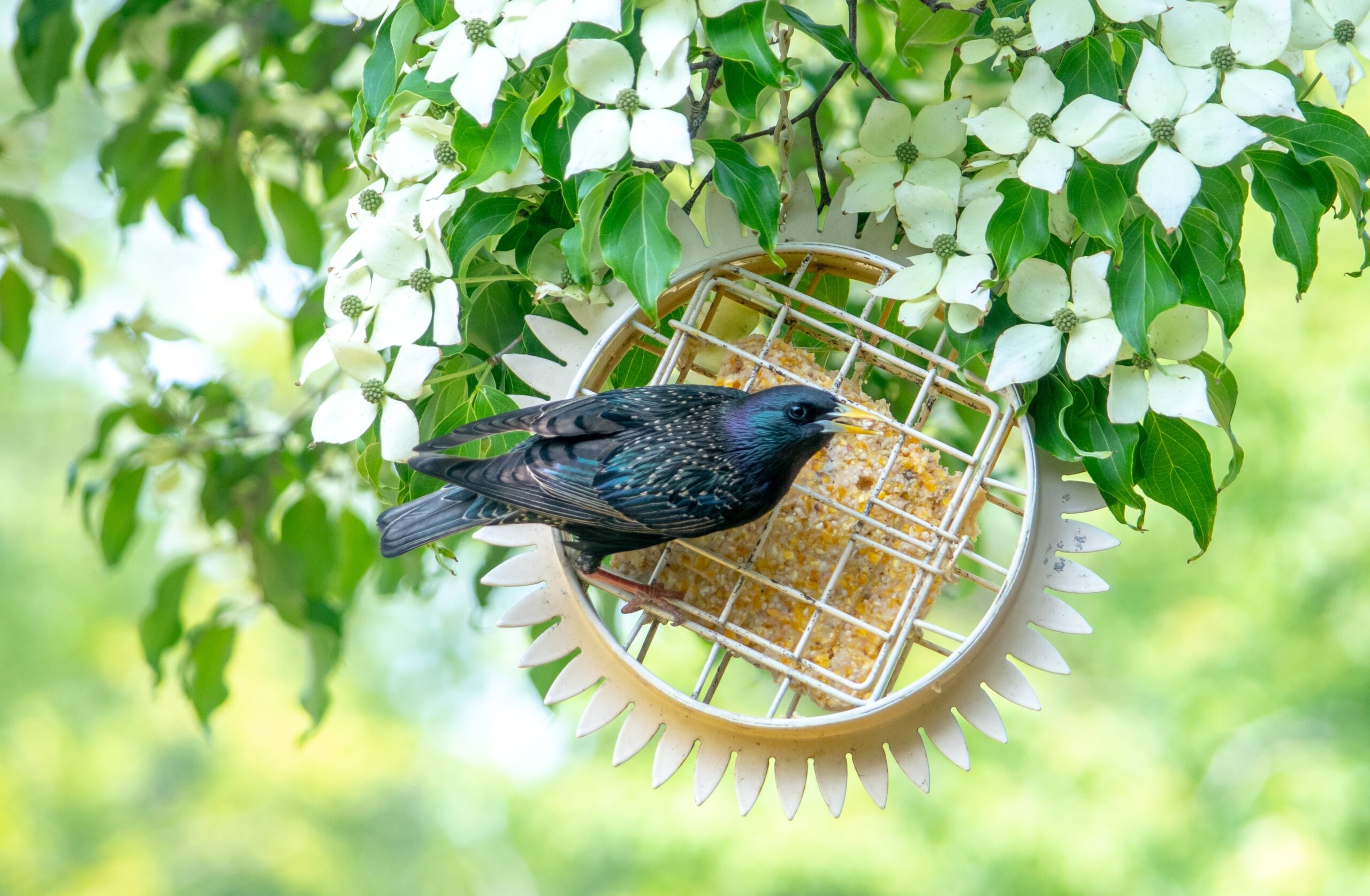Bringing the delightful presence of songbirds into your yard and garden is both a joy and an essential step towards supporting local wildlife. Whether you’re a seasoned bird enthusiast or new to the world of birdwatching, there are simple yet effective strategies to attract these beautiful creatures to your outdoor space.
By creating a bird-friendly environment, you can enjoy the lively songs and vibrant colors of various songbird species right at your doorstep. Here, let’s explore practical methods to transform your garden into a thriving haven for songbirds.
Each approach is designed to cater to the needs of different bird species, ensuring that your yard becomes a buzzing hub of avian activity.
1. Provide Fresh Water
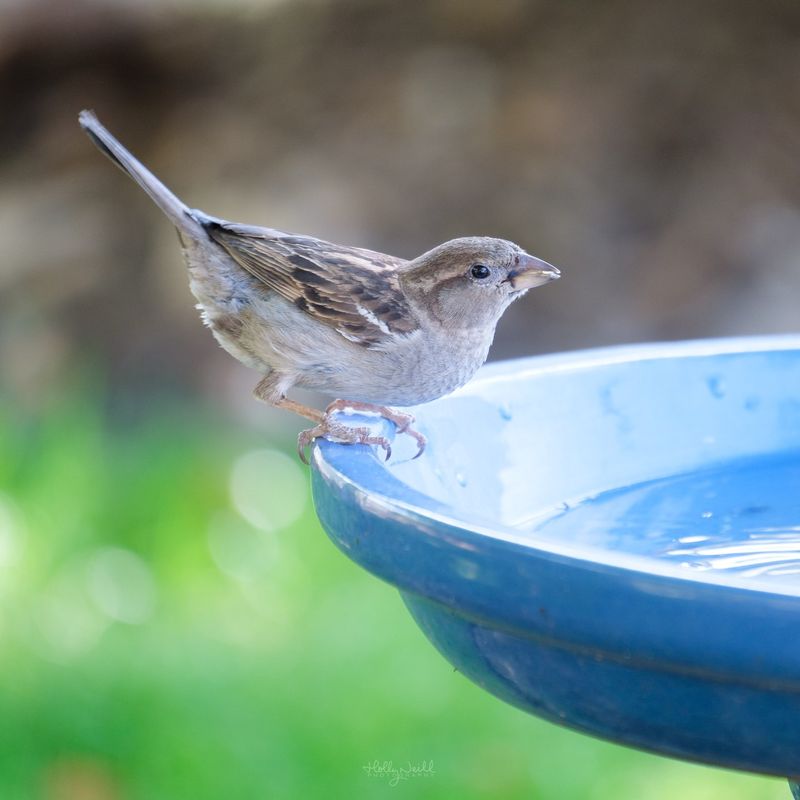
Water is a magnet for attracting the most eye-catching birds to your yard, and providing a fresh source daily can create a focal point for bird activity in your garden. Consider installing a birdbath with a gentle fountain or dripping system to simulate natural water sources.
This movement not only entices birds but also prevents the water from becoming stagnant, reducing the risk of disease. Place your birdbath in a location that offers both sun and shade, allowing birds to enjoy a refreshing dip while also having a place to rest.
Different depths can accommodate various bird species, so consider a bath with angled sides. Frequent cleaning and refilling are key to ensuring the water remains fresh and inviting. For colder climates, a heated birdbath can be a lifesaver during winter months, providing birds with essential hydration.
2. Plant Native Vegetation
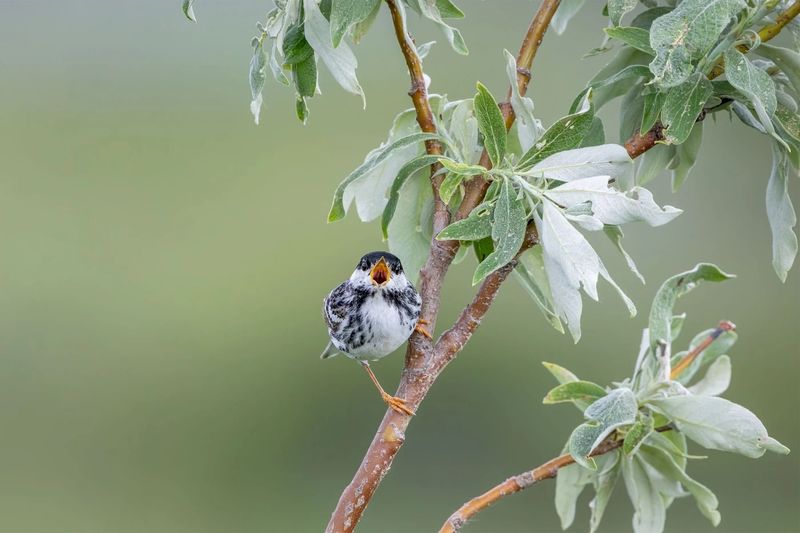
Native plants play a crucial role in attracting songbirds by providing food, shelter, and nesting sites. These plants have evolved with local wildlife, offering seeds, berries, and insects that birds thrive on. Including a variety of native trees, shrubs, and flowers will create a layered environment that mimics natural habitats.
Aim for a mix of evergreen and deciduous plants to offer year-round benefits. For example, native berry-producing shrubs can provide essential nutrition during winter, while flowering plants attract insects, a prime food source in spring and summer.
Also consider plant species that bloom at different times, ensuring a continuous supply of resources. Importantly, native plants require less water and maintenance compared to non-native varieties, making them a sustainable choice.
3. Offer A Variety Of Bird Feeders
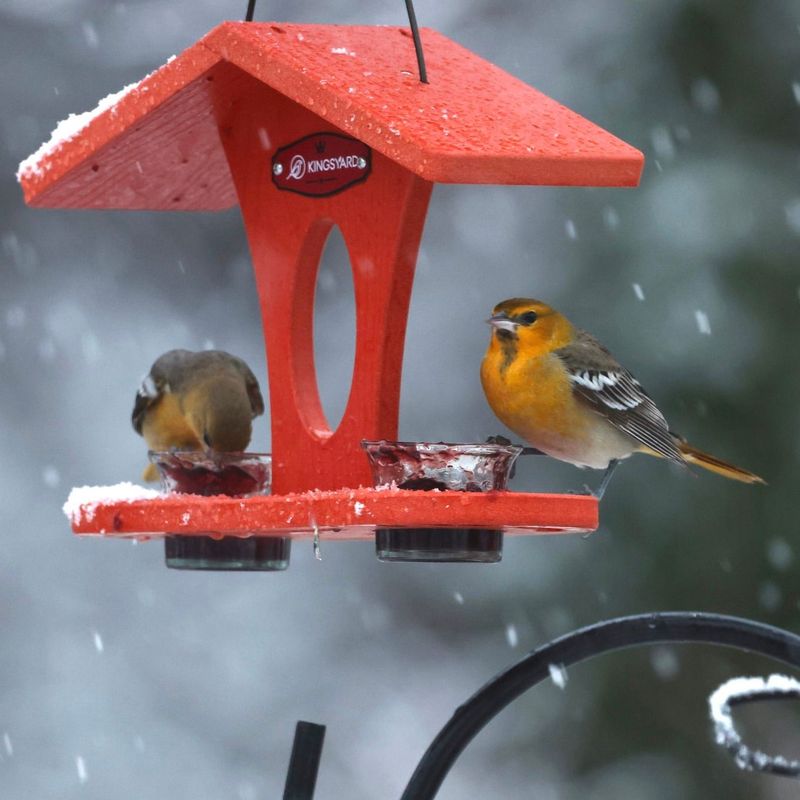
Diverse bird feeders can attract a wide range of songbird species, each with its own dietary preferences. Tube feeders filled with sunflower seeds are popular among finches and sparrows, while platform feeders can accommodate larger birds like cardinals and blue jays.
To cater to insect-eating birds, consider offering suet, especially during colder months when insects are scarce. Nectar feeders are perfect for attracting hummingbirds, creating a dynamic scene in your garden throughout the seasons.
Providing multiple feeding stations at varying heights and locations will help reduce competition and aggression among birds. Regularly cleaning and maintaining your feeders ensures they remain a safe and appealing food source.
4. Create Nesting Areas
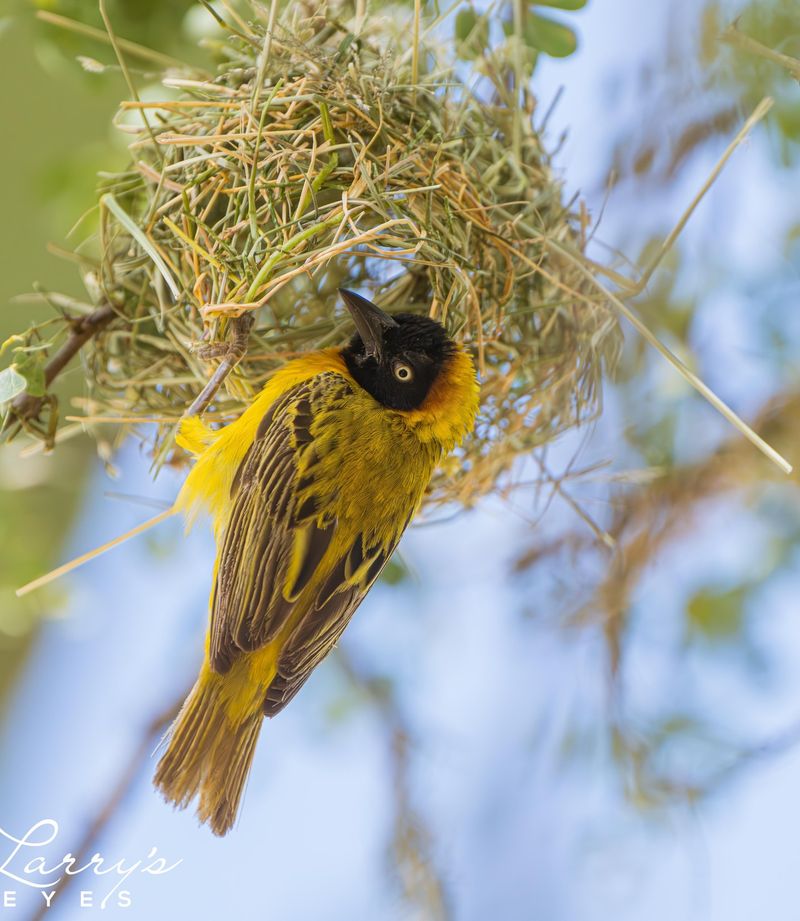
Nesting areas are essential for attracting and retaining songbirds, providing them with safe spaces to raise their young. Birdhouses, or nest boxes, should be tailored to the specific types of birds you wish to attract, considering factors like entrance hole size and placement height.
Place birdhouses in strategic locations with some cover from predators but not too hidden, as birds need clear flight paths. Natural materials like twigs, leaves, and grass can also be encouraged to create nesting sites within trees and shrubs.
Regular inspection and cleaning of birdhouses at the end of the breeding season ensure they’re ready for the next occupants. By providing these secure environments, you support the reproductive success of local songbird populations, contributing to their conservation.
5. Minimize Pesticide Use
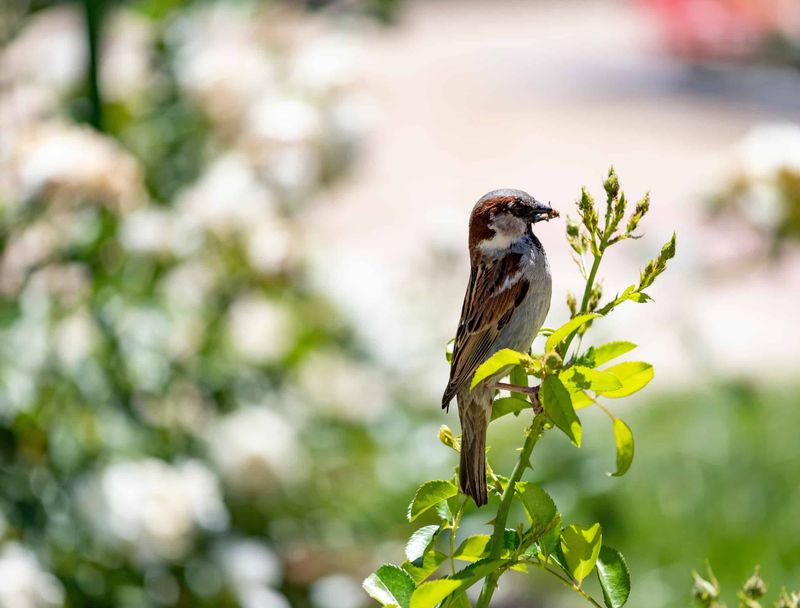
Reducing pesticide use is vital for creating a healthy habitat that attracts songbirds. Pesticides can harm birds directly and diminish their food sources by killing insects. Instead, opt for natural pest control methods like encouraging beneficial insects and using organic sprays.
Companion planting is another effective technique, where certain plants are grown together to deter pests naturally. For example, marigolds can repel nematodes, while basil can ward off flies and mosquitoes.
Moreover, allowing some tolerance for pests can create a richer food source for insectivorous birds. By minimizing chemical interventions, you foster an environment where songbirds can flourish, providing natural pest control as they forage.
6. Install Bird-Friendly Landscaping Features
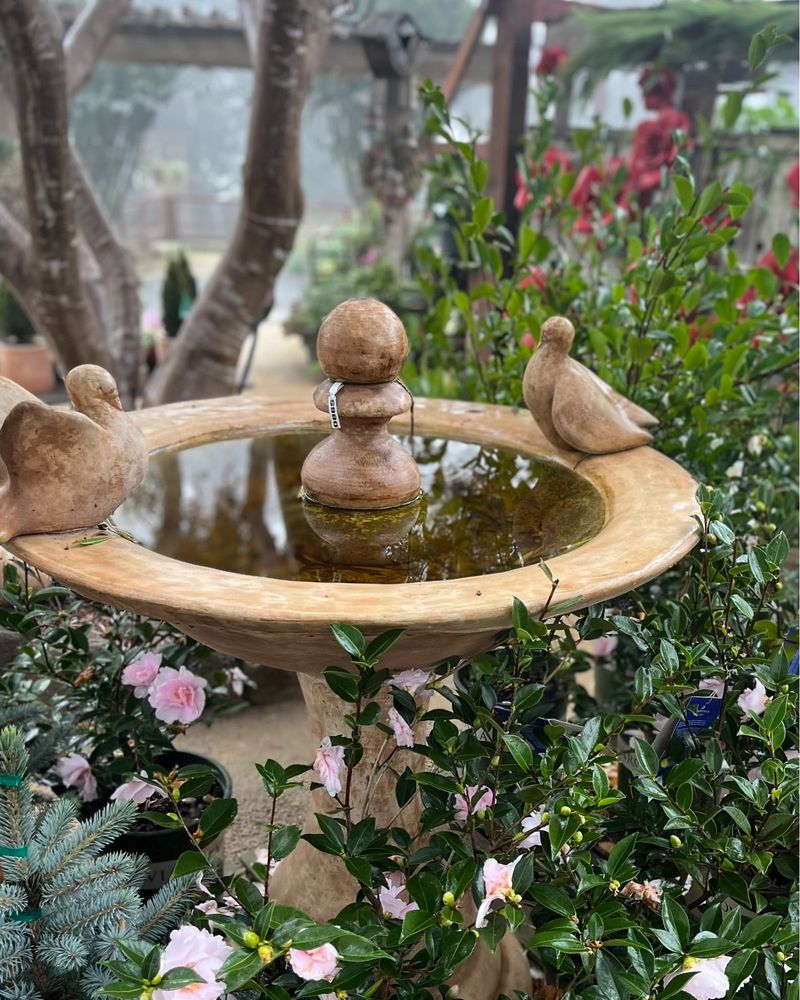
Thoughtfully designed landscaping features can significantly enhance your garden’s appeal to songbirds. Incorporate elements like hedges or dense shrubs, which offer shelter and protection from predators.
A small pond or water feature can provide hydration and bathing opportunities, complementing the birdbath. Rock formations or logs can serve as perches and vantage points for birds to survey their surroundings.
Additionally, plant ground cover and vines to create a diverse habitat structure. These features not only make the garden visually appealing but also cater to the various needs of different bird species. Bird-friendly landscaping should focus on sustainability, using native plants and materials that require minimal resources.
7. Provide Shelter From Predators
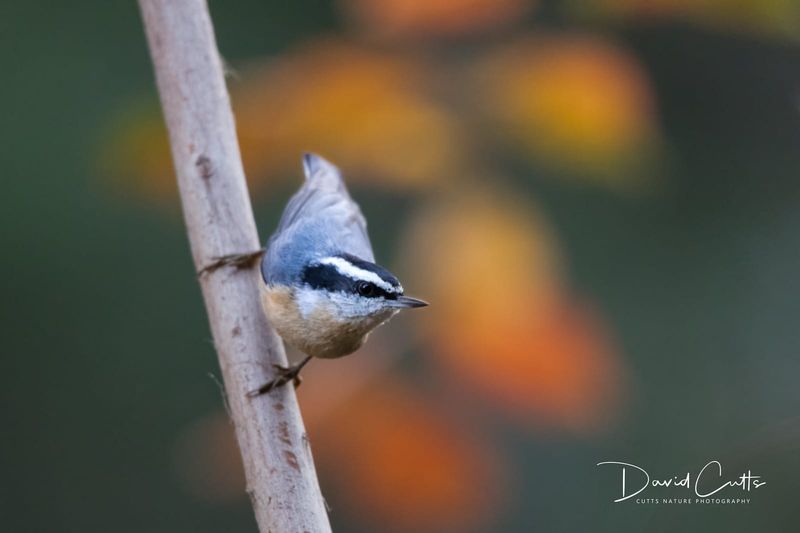
Ensuring songbirds have ample protection from predators is crucial for their safety and willingness to visit your garden. Dense shrubs and low-hanging branches provide excellent cover, allowing birds to hide and rest without feeling exposed.
Positioning bird feeders and baths near these natural shelters can help birds make quick escapes if threatened. It’s also beneficial to keep cats and other potential predators away from areas frequented by birds. Incorporating thorny plants or those with dense foliage can further deter predators.
Offering a safe environment increases the likelihood that songbirds will see your garden as a reliable refuge, encouraging them to visit frequently and stay longer.
8. Use Natural Mulch To Attract Insects
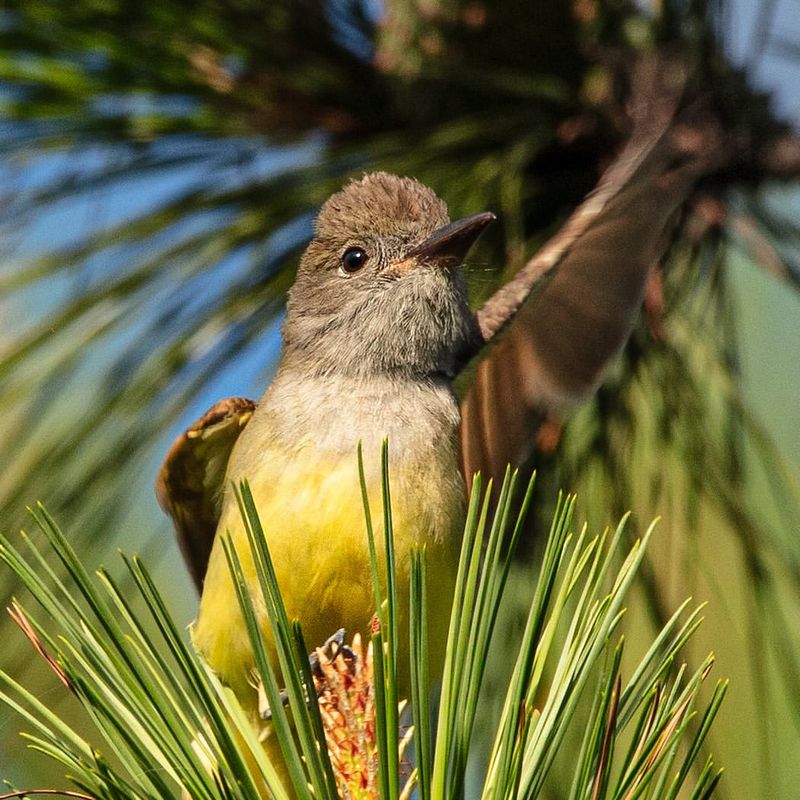
Insects are a crucial food source for many songbirds, and using natural mulch can attract a variety of them to your garden. Materials like wood chips, straw, and leaves create a habitat for insects, providing birds with ample foraging opportunities.
Spread mulch around plants and garden beds to improve soil quality and retain moisture. This practice not only benefits the plants but also supports the insects that birds rely on.
By encouraging insect life in your garden, you create a more self-sustaining ecosystem that attracts and supports songbirds. This method is a simple yet effective way to increase your yard’s appeal to birds while promoting healthy plant growth.

